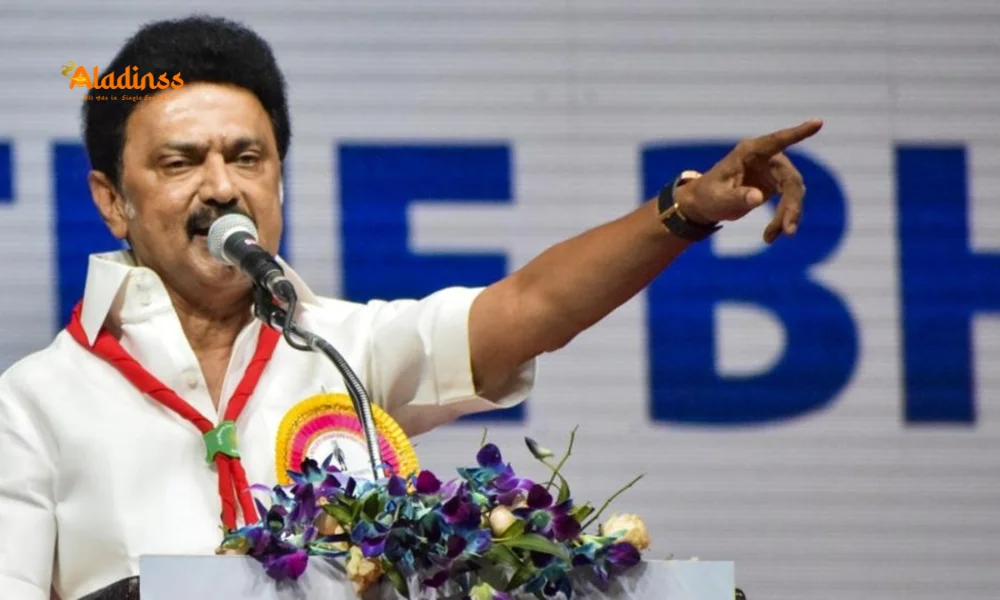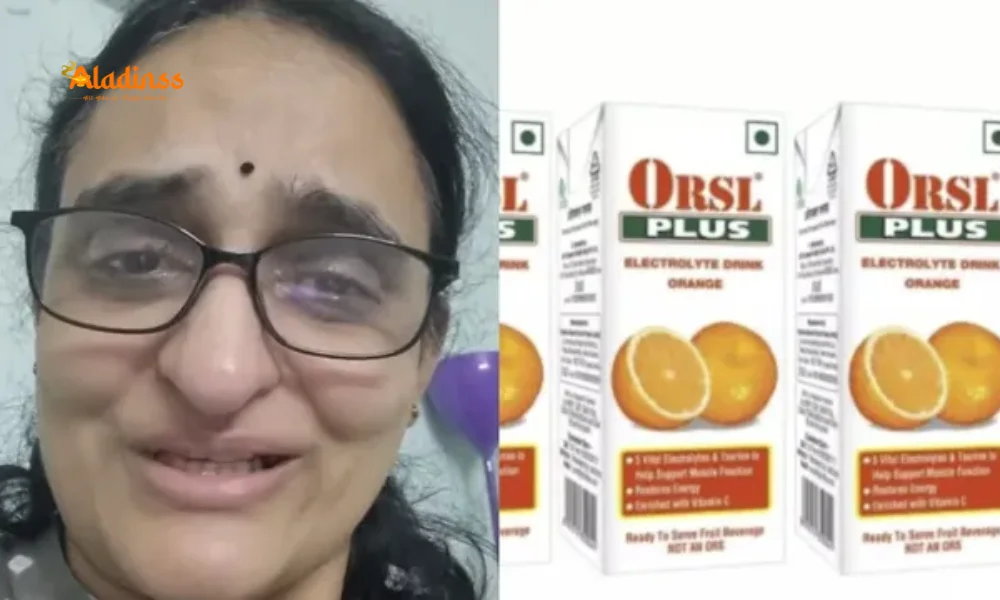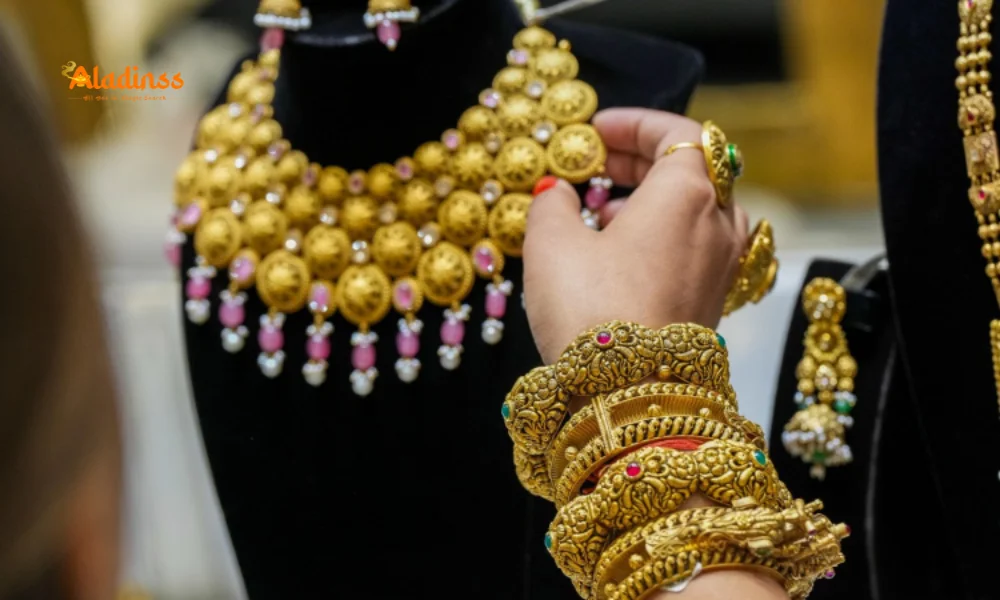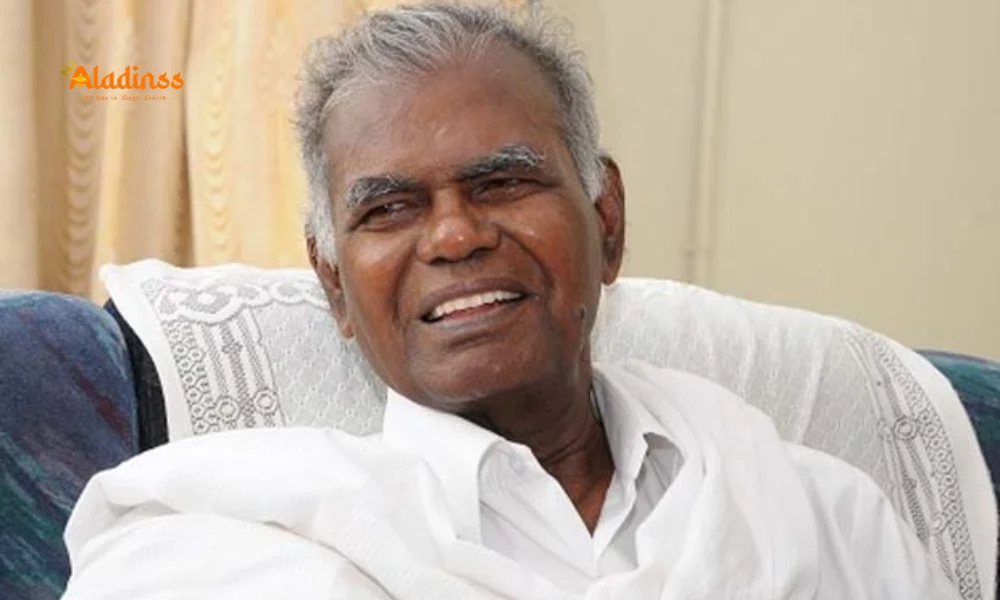Gold Rate Today: Sovereign Nears Rs. 78,000 in September 2025
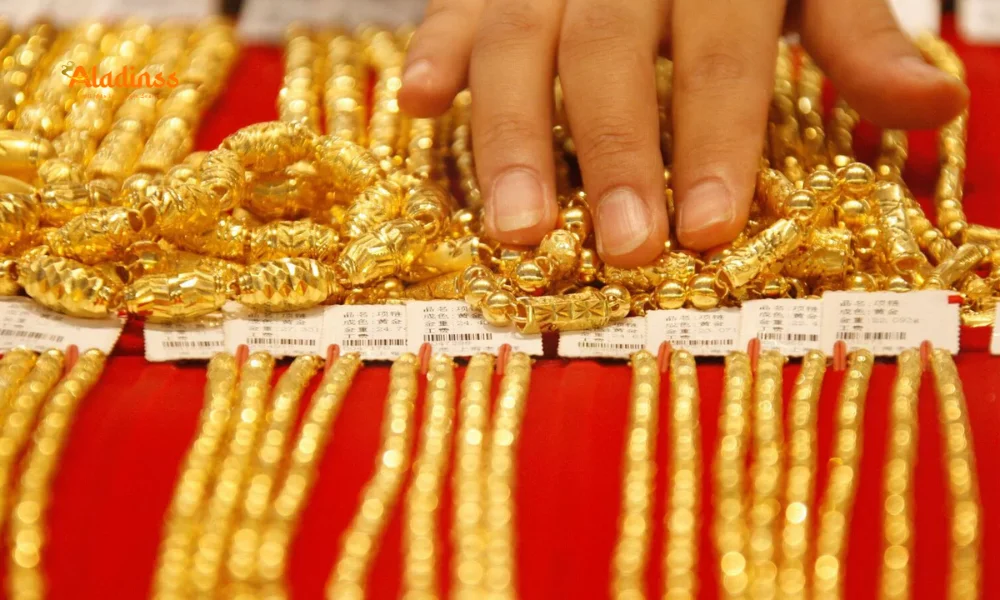
Gold Rate Today: Sovereign Nears Rs. 78,000 in September 2025
As September 2025 begins, gold prices have surged to a new all-time high, delivering a shock to investors and buyers alike. On September 1, 2025, the price of 22-karat gold climbed by Rs. 85 per gram, reaching Rs. 9,705 per gram, and by Rs. 680 per sovereign, hitting Rs. 77,640 per sovereign. This marks a significant increase following a volatile August, where prices fluctuated before soaring in the final days. Alongside gold, silver prices have also risen sharply, adding to the financial considerations for consumers. This article dives into the latest gold and silver price updates, their implications, and the factors driving these changes.
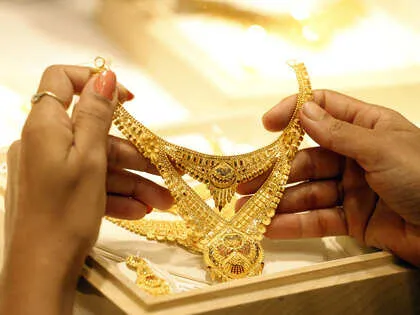
Gold Price Surge on September 1, 2025
The gold market has started September 2025 with a significant price hike, continuing the upward trend observed in the final days of August. On September 1, the price of 22-karat gold increased by Rs. 85 per gram, bringing it to Rs. 9,705 per gram. For a sovereign (8 grams), the price rose by Rs. 680, reaching Rs. 77,640. This follows a similar increase on August 30, when 22-karat gold rose by Rs. 85 per gram to Rs. 9,620 per gram and by Rs. 680 per sovereign to Rs. 76,960. The rapid escalation in prices has pushed the cost of a sovereign perilously close to the Rs. 78,000 mark, a milestone that has left buyers and investors stunned.
The surge in gold prices reflects a combination of global and domestic factors, including economic uncertainties, currency fluctuations, and strong demand for gold as a safe-haven asset. For consumers in India, where gold holds cultural and financial significance, this increase could impact purchasing decisions, particularly during the upcoming festive season when gold buying typically peaks.
18-Carat Gold and Silver Prices Follow Suit
Alongside the rise in 22-karat gold, the price of 18-carat gold has also increased, climbing by Rs. 75 per gram to Rs. 8,030 per gram and by Rs. 600 per sovereign to Rs. 64,240. This uptick affects buyers looking for more affordable gold options, often used for lightweight jewelry or investment purposes. The increase in 18-carat gold prices further underscores the broader trend of rising precious metal costs in the market.
Silver, often considered a more accessible investment, has also seen a sharp rise. On September 1, 2025, silver prices increased by Rs. 2 per gram, reaching Rs. 136 per gram, and Rs. 1,36,000 per kilogram. This significant jump in silver prices could impact industries that rely on the metal, such as electronics and jewelry manufacturing, as well as individual investors who view silver as a hedge against inflation.
What’s Driving the Price Surge?
The recent spike in gold and silver prices can be attributed to several factors influencing global and domestic markets. Globally, economic uncertainties, including geopolitical tensions and fluctuating interest rates, have bolstered demand for precious metals as safe-haven investments. Gold, in particular, is seen as a reliable store of value during times of economic instability, driving up its price as investors seek to protect their wealth.
In India, the weakening of the Indian rupee against major currencies like the US dollar has also contributed to higher gold prices, as gold is priced in dollars on the international market. Additionally, strong domestic demand, particularly ahead of the festive season, has put upward pressure on prices. Weddings, festivals, and other cultural events in India traditionally drive gold purchases, and the timing of this price hike could impact consumer behavior in the coming months.
Impact on Consumers and Investors
The sharp increase in gold and silver prices has significant implications for both consumers and investors. For consumers, particularly those planning to buy gold for weddings or festivals, the higher prices could strain budgets. A sovereign of 22-karat gold at Rs. 77,640 is a considerable expense, and with prices approaching Rs. 78,000, many may need to reconsider their purchasing plans or opt for smaller quantities.
For investors, the price surge presents both opportunities and challenges. Those who invested in gold earlier may see significant returns, given the rapid price increase. However, new investors may find the high entry point daunting, particularly for those looking to diversify their portfolios. Silver, with its relatively lower price point, may attract more investors seeking affordable alternatives to gold, but the Rs. 2 per gram increase could still deter some buyers.
Market Trends and August Recap
August 2025 was a rollercoaster for gold prices, with a decline lasting over 10 days followed by a sudden surge in the final days. The price increase on August 30, which saw 22-karat gold rise to Rs. 9,620 per gram and Rs. 76,960 per sovereign, set the stage for the record-breaking prices on September 1. This volatility reflects the unpredictable nature of the precious metals market, influenced by global economic conditions, supply-demand dynamics, and currency fluctuations.
The rapid recovery in gold prices after the mid-August dip highlights the metal’s resilience as an investment asset. Investors who bought during the dip may have capitalized on the subsequent rise, while those who waited may now face higher costs. The silver market, too, has shown similar trends, with the Rs. 2 per gram increase on September 1 following a period of relative stability.
What’s Next for Gold and Silver Prices?
Looking ahead, the trajectory of gold and silver prices will depend on several factors, including global economic indicators, central bank policies, and domestic demand in India. The festive season, which typically sees a spike in gold purchases, could further drive prices upward if demand remains strong. However, any stabilization in global markets or strengthening of the Indian rupee could temper the price surge, offering some relief to buyers.
Analysts suggest that investors and consumers should closely monitor market trends and consider their financial goals before making purchasing decisions. For those planning to buy gold for cultural or investment purposes, exploring installment-based purchase plans or waiting for potential price corrections could be strategic moves. Silver, with its lower price point, may continue to attract investors looking for diversification in a volatile market.
Economic and Cultural Significance
In India, gold holds a unique place in both the economy and culture, serving as a symbol of wealth, status, and tradition. The price surge in September 2025 comes at a critical time, as the festive season approaches, with events like Diwali and weddings driving significant gold purchases. The high prices could prompt consumers to explore alternatives, such as gold ETFs or second-hand jewelry, to manage costs while maintaining cultural traditions.
For the jewelry industry, the price increase poses challenges in maintaining demand, as higher costs may deter some buyers. Retailers may need to offer promotions or financing options to attract customers during this period. Meanwhile, the rise in silver prices could impact industries beyond jewelry, including electronics and solar energy, where silver is a key component.
Comment / Reply From
No comments yet. Be the first to comment!
